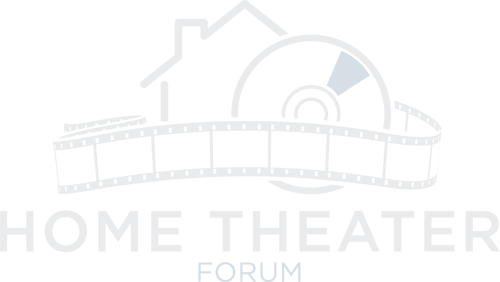darkrock17
Senior HTF Member
Kubrick’s storyboards for The Shining state 1.85, stands to reason he would not have decided to shoot his next film in a theatrical ratio that was obsolete in the USA.
Can you elaborate on that?
Who were the storyboards created for? Could they not have been used to simplify or generalise his artistic intent?
Mr Vitali does mention that Stanley shot in 1.66 knowing perfectly well it would be matted in theatres for 1.85 and that was a reluctant compromise he made. It seems it was a trade off he accepted as opposed to shooting the picture specifically in a 1.85 frame.
Stands to reason for me that Mr Kubrick would prefer not to lose 27% of the picture with a 1.85 ratio and keep to 1.66.
For me, I will go with Leon Vitali's comments on it. He was as close to Stanley as anyone creatively so as far as I am concerned he is the authority on the matter.
It would be nice if both presentations are available with the release so at least they can be both watched and compared and all admirers of the movie will be happy.
If only one is provided I personally would like 1.66 over 1.85.
Here's a storyboard that says just that.





